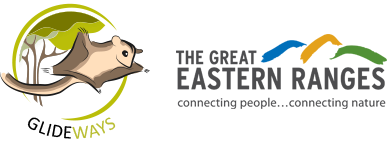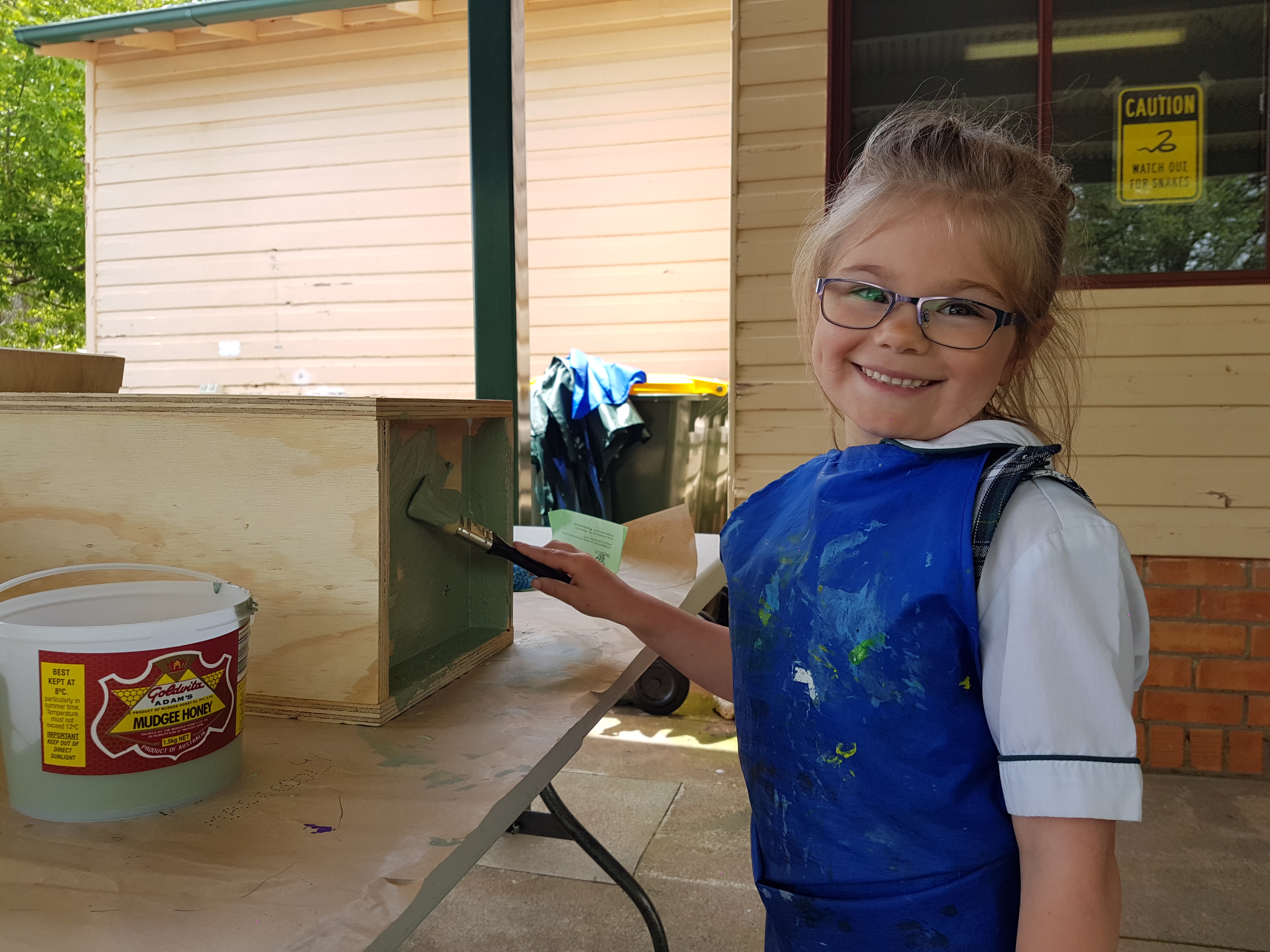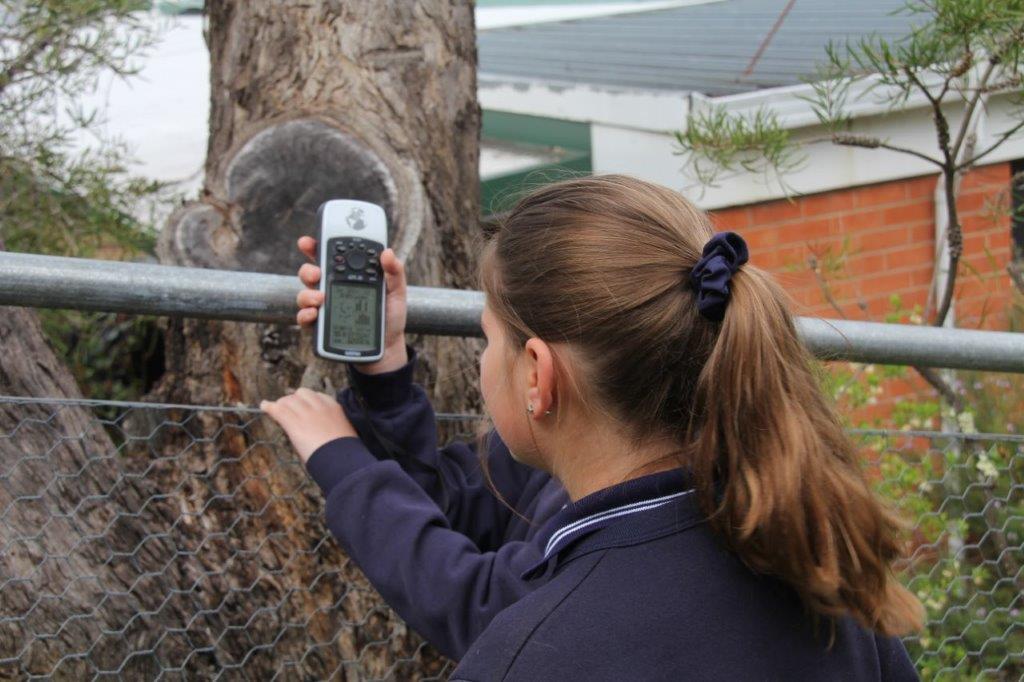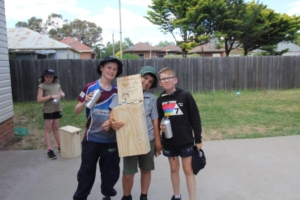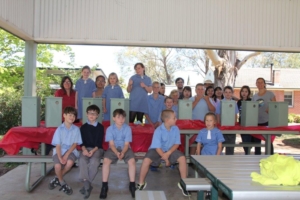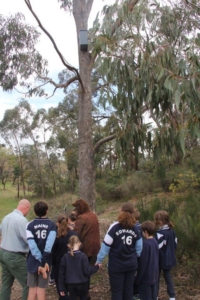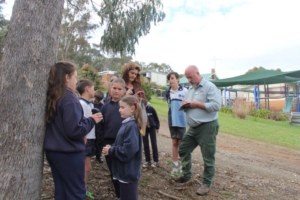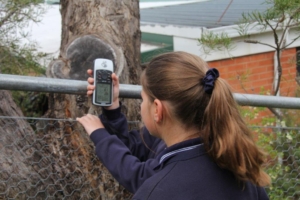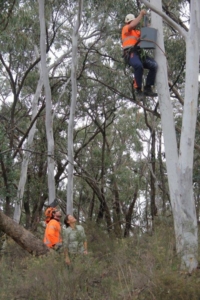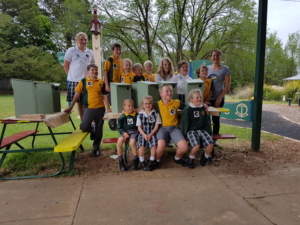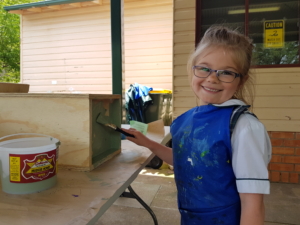Gliders are quite possibly the cutest of all Australian native animals, according to the informed opinions of students from Trunkey Creek, Taralga, Neville public schools and Tambelin Independent School in Goulburn, NSW.
After building and installing 50 new homes for local squirrel gliders with the help of parents, teachers and international volunteers, the children are experts in knowing what a glider wants.
A small, nocturnal marsupial, the Squirrel Glider lives in family groups and needs multiple tree hollows for refuge and nest sites. The best hollows are found in very old trees which have had time to develop holes in which a range of tree-dwelling animals can shelter. Unfortunately though, many of these big old specimens have been lost through agricultural clearing and urban development.
“Hollows take many years to form, so replanting alone to help the glider is not sufficient,” says Mary Bonet, Coordinator of the Kanangra-Boyd to Wyangala (K2W) conservation partnership. “We need to install nestboxes to serve as supplementary den sites whilst plantings mature.
Squirrel gliders have been recorded using 10 to 15 different hollows over the period of just a few months.
“It’s a pretty simple strategy,” says Mary, “the more hollows that are available in an area, the more prospective nest sites there are and the greater the number of gliders that can live there.
A reduction in the amount of habitat available for gliders and less well-connected landscapes has led to the Squirrel Glider becoming a threatened species.
“Gliders need both hollow-bearing trees and surrounding bushland in which to feed. A loss of flowering shrubs through clearing, competition for hollows from feral bees and exotic birds and the hazards of feral predators and barbed wire fences has seen the disappearance of gliders from many areas in which they once flourished,” says Mary.
“If we do nothing to assist gliders, populations will continue to fall and we will lose them from our landscape forever,” she says.
Students from the four schools are trialling a number of nest box designs to see which gliders prefer and will monitor how the boxes are used each term, keeping check to ensure boxes are not hijacked by animals or insects that will push the gliders out.
“The students have done amazing work,” says Mary, “they have indeed become experts and are collecting important data that will be logged with Hollows as Homes, a citizen science project run by the Royal Botanic Gardens and Australian Museum.
The K2W nest box building program is part of Glideways an ongoing partnership with Taronga Zoo and Boeing, the Foundation for National Parks & Wildlife and the NSW Environmental Trust and South East Local Lands Services working to restore habitat in strategic areas within the Kanangra-Boyd to Wyangala link. Other boxes will be installed around Wombeyan Caves, Neville, Copperhania reserve and Taralga in coming months.
Landholders who are interested in putting up nest boxes on their property should contact Mary at Glideways at www.k2wglideways.org.au or mary@k2wglideways.org.au
